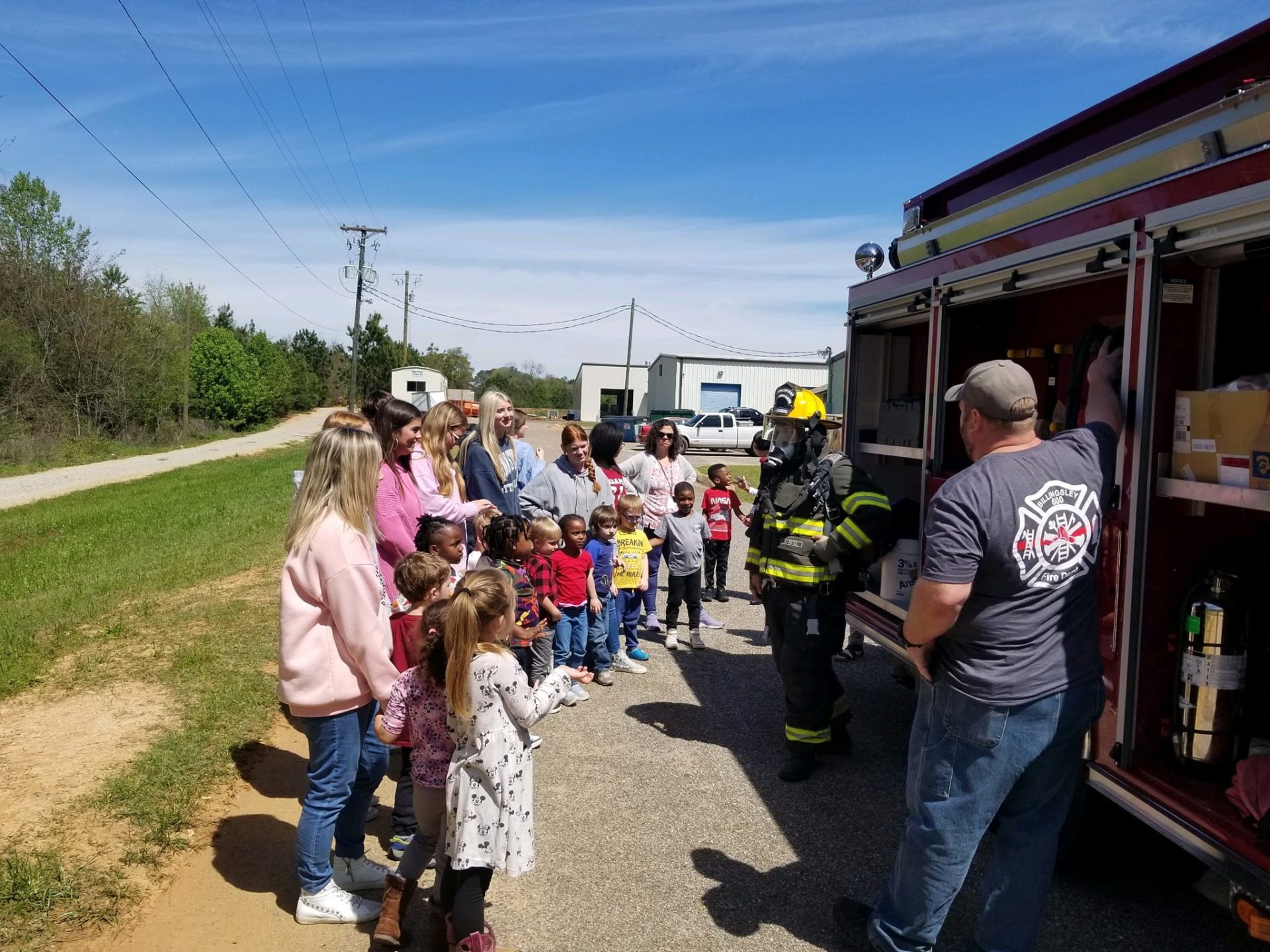In the context of the fire service, camaraderie and teamwork are imperative components that fuel effective operations and ensure the safety of both firefighters and the communities they serve. A strong sense of unity and mutual support not only improves job performance but also creates a bond that extends beyond the fire station. In this blog post, we will explore the importance of strengthening bonds and building relationships within the firefighting community, highlighting the benefits it brings to both individual firefighters and the overall firefighting profession.
The Culture of the Firefighting Community
Traditions and Values in Firefighting
Firefighting is steeped in traditions that date back decades, if not centuries. The values of bravery, selflessness, and camaraderie are deeply ingrained in the firefighting culture. These traditions and values serve as a guiding force for firefighters as they navigate the challenges and dangers of their profession, forging strong bonds with their fellow firefighters along the way.
Challenges to Community Cohesion
One of the challenges faced by the firefighting community is maintaining cohesion in the face of adversity. With the increasing frequency and intensity of natural disasters and emergencies, firefighters are often stretched thin, both physically and mentally. This can lead to heightened stress levels and strained relationships within the community, making it crucial to address these challenges proactively.
Another challenge to community cohesion arises from the diverse backgrounds and personalities within the firefighting community. While diversity can be a strength, it can also present communication barriers and cultural differences that need to be navigated carefully to ensure a unified and cohesive team.
Communication: The Lifeline of Relationship Building
Effective Communication Strategies Within the Brigade
To strengthen bonds and foster a sense of unity within the firefighting community, effective communication strategies are imperative. Clear and concise communication among brigade members is crucial to ensure that everyone is on the same page during emergency situations. Timely dissemination of information, active listening, and open channels for feedback are key components of successful communication within the brigade.
Nurturing Interdepartmental Relationships
To enhance relationships between different fire departments and agencies, communication plays a vital role. Building strong interdepartmental relationships can lead to improved coordination during joint operations and mutual support in times of need. By fostering open lines of communication, sharing best practices, and conducting regular training exercises together, fire departments can strengthen their bonds and work more effectively as a unified force.
This collaborative approach not only enhances the overall effectiveness of firefighting efforts but also promotes a sense of camaraderie and shared purpose among all members of the firefighting community. By prioritizing communication and actively nurturing interdepartmental relationships, fire departments can build a stronger, more resilient network that is better equipped to serve and protect their communities.
Team Building and Interpersonal Dynamics
Organizing Successful Team-Building Activities
Team building activities play a crucial role in fostering camaraderie and enhancing collaboration among firefighters. These activities help in breaking down barriers, improving communication, and boosting morale within the team. It’s vital to choose activities that are engaging, inclusive, and promote teamwork to ensure the success of the team-building efforts.
Fostering Trust and Understanding Among Firefighters
Interpersonal relationships are the foundation of a strong firefighting team. Building trust and understanding among team members is vital to ensure effective communication, coordination, and support during emergency situations. By encouraging open communication, mutual respect, and empathy, firefighters can cultivate a positive and cohesive work environment.
Firefighters: Developing trust and understanding among firefighters requires continuous effort and communication. Regular team meetings, training sessions, and debriefings after incidents can provide valuable opportunities for team members to discuss challenges, share experiences, and address any issues that may arise. By creating a culture of openness and transparency, firefighters can strengthen their bonds and build a resilient team that can tackle any obstacle together.
Leadership and Mentorship
The Role of Leaders in Strengthening Community Bonds
Keep in mind that leadership plays a crucial role in fostering a strong sense of community within the firefighting industry. Leaders set the tone for their teams and can actively promote a culture of cooperation, respect, and support. By leading by example and emphasizing the importance of unity and camaraderie, leaders can help solidify the bonds that hold the firefighting community together.
Promoting Mentorship and Peer Support
One of the key ways to strengthen relationships within the firefighting community is by promoting mentorship and peer support. By encouraging experienced firefighters to mentor newer recruits and fostering a culture of knowledge sharing and collaboration, the community can grow stronger and more resilient. Peer support systems can also provide a valuable outlet for firefighters to seek guidance, share experiences, and build lasting bonds with their colleagues.
This mentorship and peer support can take various forms, such as formal mentoring programs, peer counseling initiatives, or simply creating opportunities for firefighters to connect and learn from one another. By actively promoting these relationships, the firefighting community can cultivate a sense of unity, trust, and mutual respect that is necessary for effective teamwork and camaraderie on the job.
Community Engagement and Public Relations
Programs for Community Involvement
For a fire department to truly strengthen its bonds within the community, it is vital to implement programs that encourage community involvement. These programs can range from open houses and station tours to fire prevention workshops and volunteer opportunities. By actively engaging with the community through these initiatives, fire departments can establish trust, build relationships, and educate the public on fire safety practices.
Enhancing Public Trust Through Community Outreach
Any fire department looking to enhance public trust must prioritize community outreach efforts. This involves actively participating in local events, conducting school visits to educate children on fire safety, and collaborating with other community organizations. By being visible and engaged in the community, fire departments can foster trust, increase awareness of their services, and strengthen relationships with the people they serve.
Enhancing public trust through community outreach is not just about showcasing the fire department’s capabilities, but also about building meaningful connections with residents. By demonstrating a commitment to serving and protecting the community, fire departments can instill confidence in their abilities and cultivate a strong support system among the public.
Mental Health and Coping Strategies
Addressing the Psychological Impact of Firefighting
One of the most critical aspects of being a firefighter is addressing the psychological impact that comes with the job. The exposure to traumatic events, high-stress situations, and long working hours can take a toll on mental health. It is crucial for firefighters to have access to resources such as counseling, peer support groups, and mental health professionals to help them cope with the challenges they face.
Building Resilience Within the Firefighting Community
Addressing the psychological impact of firefighting is just the first step in building resilience within the firefighting community. Firefighters can strengthen their resilience by fostering a supportive and understanding environment within their teams. This includes promoting open communication, providing training on stress management techniques, and encouraging a culture of seeking help when needed.
This proactive approach not only enhances the mental well-being of individual firefighters but also strengthens the bonds within the firefighting community. By recognizing the importance of mental health and implementing effective coping strategies, firefighters can better navigate the challenges they face and continue to serve their communities with dedication and strength.
Summing up
Upon reflecting on the importance of strengthening bonds and building relationships in the firefighting community, it is clear that these connections are crucial for the success and safety of all involved. By prioritizing communication, teamwork, and trust, firefighters can enhance their ability to effectively respond to emergencies and support one another in difficult situations. These relationships not only improve operational effectiveness but also foster camaraderie, resilience, and a sense of community within the firefighting profession. It is crucial for firefighters to continue to invest in these connections, as they are the foundation of a strong and unified firefighting community.


